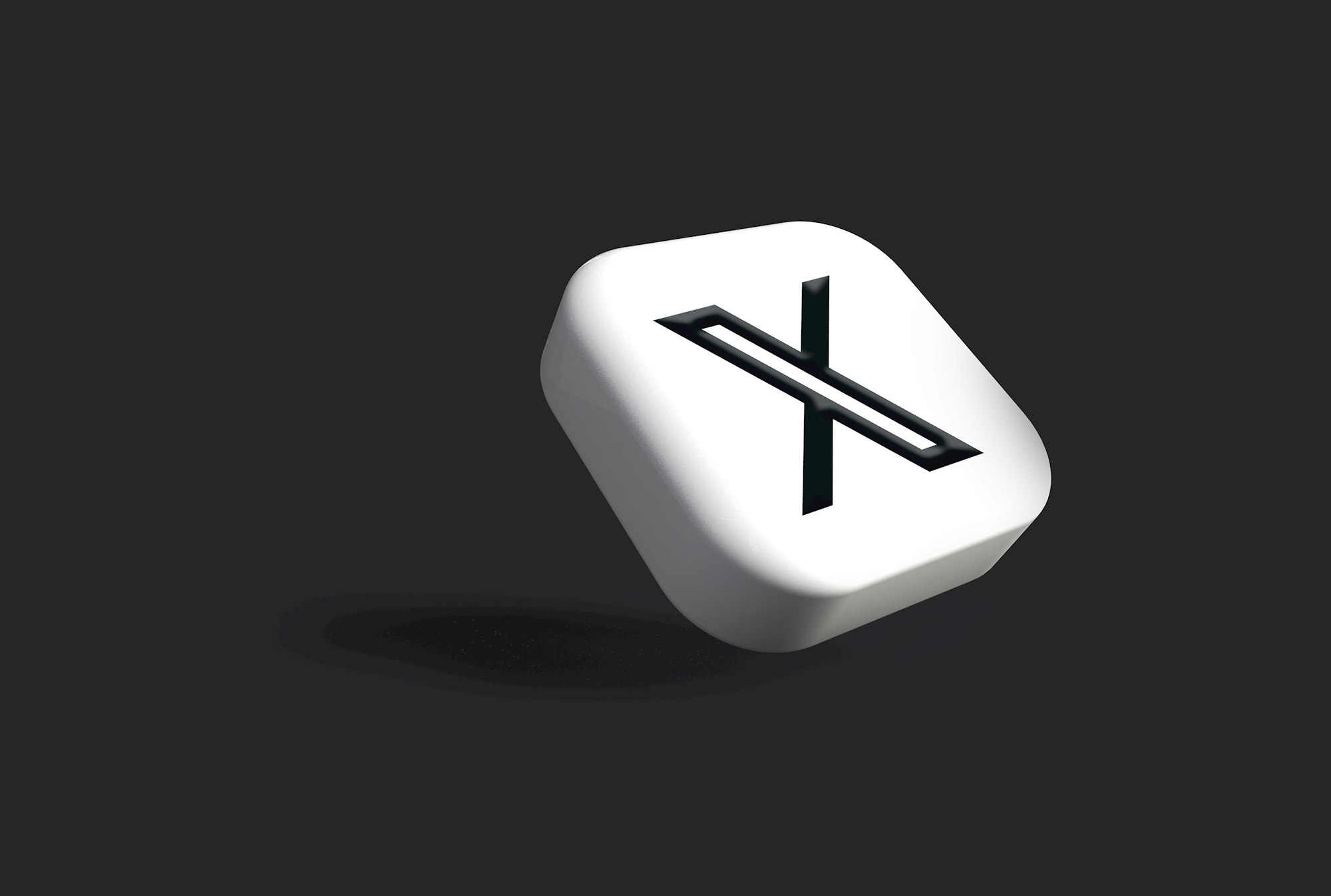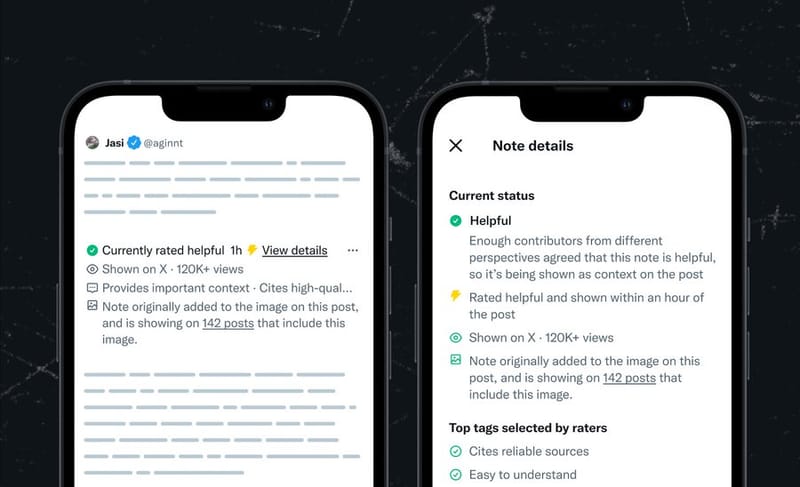𝕏 (formerly Twitter) teases video call feature as it advances towards an 'Everything App'

Since Elon Musk's acquisition of Twitter, the platform has undergone a comprehensive rebranding and a series of transformations, that came with the introduction of several new features.
These additions include subscription-based verification marks, extended text and video content, articles, the ability to subscribe to preferred content creators, and a myriad of other functionalities. More recently, the company opened up its ad revenue-sharing program with creators on a global scale, doling out up to $5 million to creators in the first round of payments.
Now 𝕏, formerly known as Twitter, is edging ever closer to its plan to become an everything app as it proposes a new addition to the microblogging platform. The latest enhancement involves the integration of a video call feature into its service, extending beyond the confines of traditional text-based interactions.
Interestingly, users won't require a phone number or email to initiate calls with other platform users, provided they are connected and acquainted with each other on the platform.
CEO Linda Yaccarino unveiled this forthcoming video calling feature during an interview with CNBC. She emphasized its addition as a pivotal milestone in the platform's journey towards becoming an "everything app."
Prior to this announcement, 𝕏 designer, Andrea Conway, had previously hinted at these capabilities in a tweet in July, sharing screenshots that depict the interface with a phone icon. When tapped, it would enable users to initiate an audio or video call with the recipient of the DM.
ring ring pic.twitter.com/1WemXRhFZf
— Andrea Conway (@ehikian) July 7, 2023
These progressive updates propel 𝕏 further along its trajectory toward the ambitious goal of becoming an all-inclusive application.
Last year, Musk shared his vision of making Twitter into an "everything app" similar to WeChat in China that would allow users to connect with their favourite content creators, freely express their thoughts, manage financial transactions, facilitate payments, and even store funds within high-yield savings accounts.






